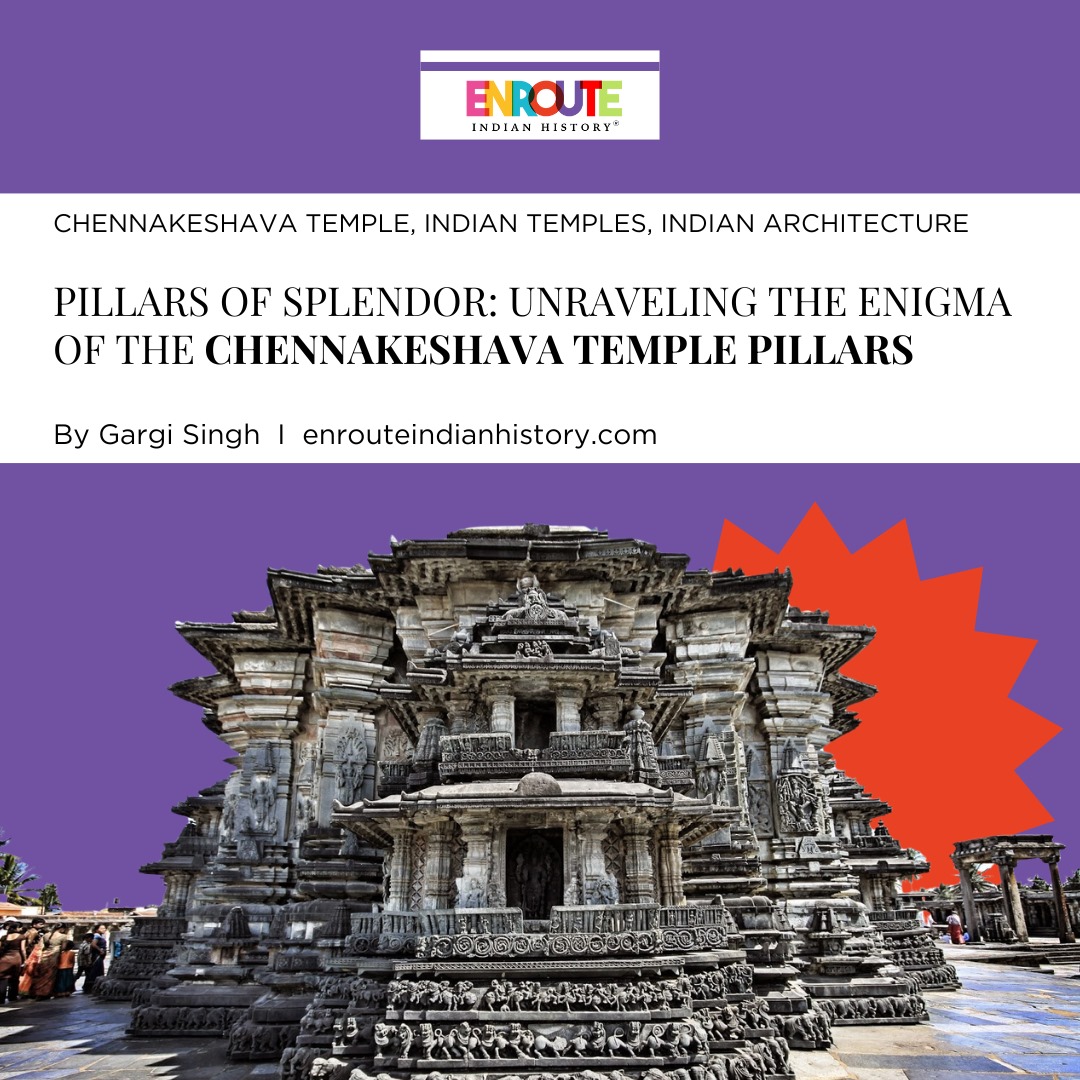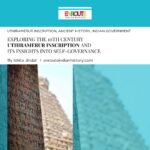Harmony in Stone: Exploring the Spiritual Tapestry of Sri Surya Pahar Mandir
- enrouteI
- April 25, 2024

Imagine the panoramic view of Brahmaputra and the confluence of Krishna River and Dubhol near the small village of Goalpara district, Assam. This hidden grove known as Sri Surya Pahar Temple is 127 km away from Guwahati consisting of seven peaks, spanning over a hilly area of 1400 acres, lying on the western side of Goalpara with the serene surrounding overlooking a pond. Sri Surya Pahar Temple is a site of marvel in its own right, this site is under the protection of the Archaeological Survey of India (ASI) due to its robust Indian heritage. Both Kalika Purana and Markandeya Purana connote the name, Sri Surya to Surya or the cult of the Sun God, which occupied a prominent place in the religious and cultural practices of the people. The prevalence of sun worship can be found in Pre-Ahom times, with the oldest Temple in the complex, dating back to the 10th century.
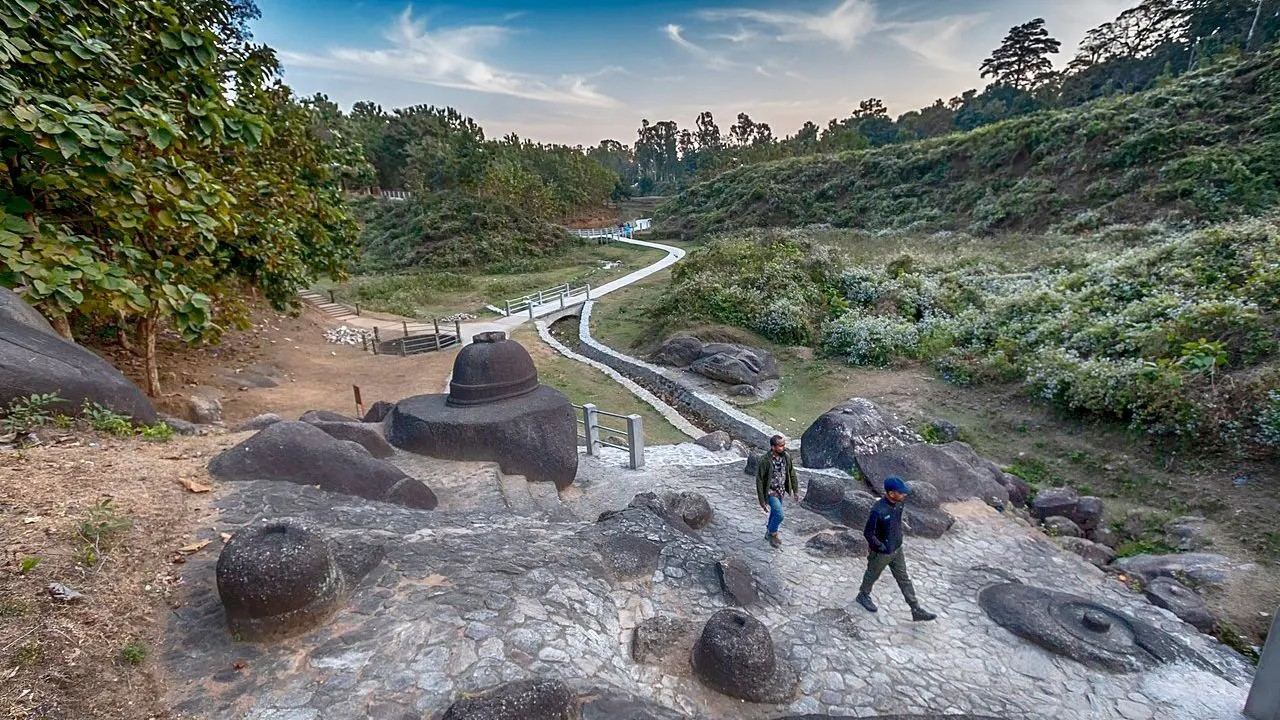
(Source: Landscape of Sri Surya Pahar Temple, Prerana Das, www.peepultree.world )
Hindu Heritage
The reminiscence of Hinduism can be traced back from folklore suggesting 99999 Shivalinga referencing the kingdom of Pragjyotishah as mentioned in the Mahabharata and Ramayana. Chinese traveller, Xuan Zang mentions the kingdom of Bhaskar Varman in the seventh century. Inscriptional sources like the Allahabad pillar of Ashoka recognise the Kamrupa kingdom as a tributary of the Gupta kingdom and the progenitor of Hinduism in Assam. During the excavations of 1996 to 1997, ASI found many Hindu relics symbolising Shivalingam (Phallus) and a Surya tablet signifying Rishi Kashyapa. Further, in the Temple complex was found a brick Temple complex in the north-south direction with a rectangular enclosure and a sanctum sanctorum. Along with an ancient holy tank, or Kund including sculptures of Ganesha and Durga as Mahishasurmardini (Goddess Durga as the slayer of demon king Mahisasur). In the Southern foothills of Surya Pahar Temple, a holy tank or Kund was excavated for use in the purification by devotees and monks before offering prayers.
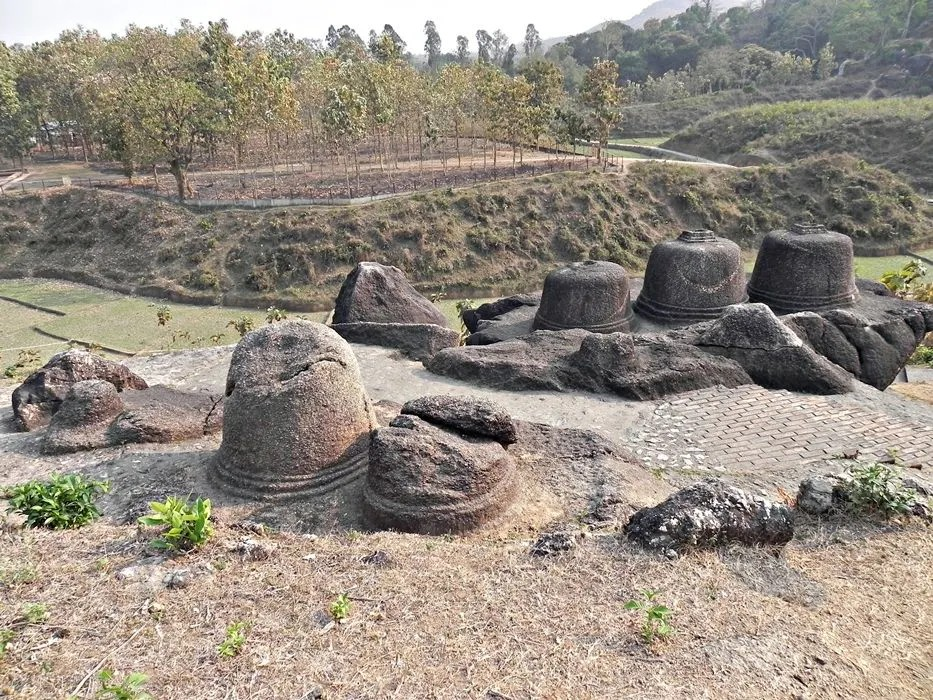
(Source: Shivalingas and Stupas, Prerana Das, www.peepultree.world)
The Surya Temple is a modern structure that fosters a circular tablet, carved images of celestial bodies, and 12 miniature figures in a seated posture in the centre, most figure stands the Rishi Kashyapa and 12 figures referred to as 12 Surya the sons of Kashyapa and Aditi. Apart from the Shivaite-phallic cult, the discovery of Vishnu imageries, Terracotta plaques of Ganesha, Kali, Ugratara, Uma–Maheshwara, Manasha, etc, testifies to the prevalence of Vaishnavism and Shaktism. ASI has established a museum to display the archaeological remains of stone sculptures of Gajasinha, Mahishasura, and Mardini, moulded fish, decorated lion head, plaques of human figures, Kritimukhas, decorated tiles of floral and geometric designs. Notable rock carvings of Shivalingam and a Prajapati slab along with 12 armed Vishnu with a seven Hooded snake canopy were the dominant Ahom heritage.
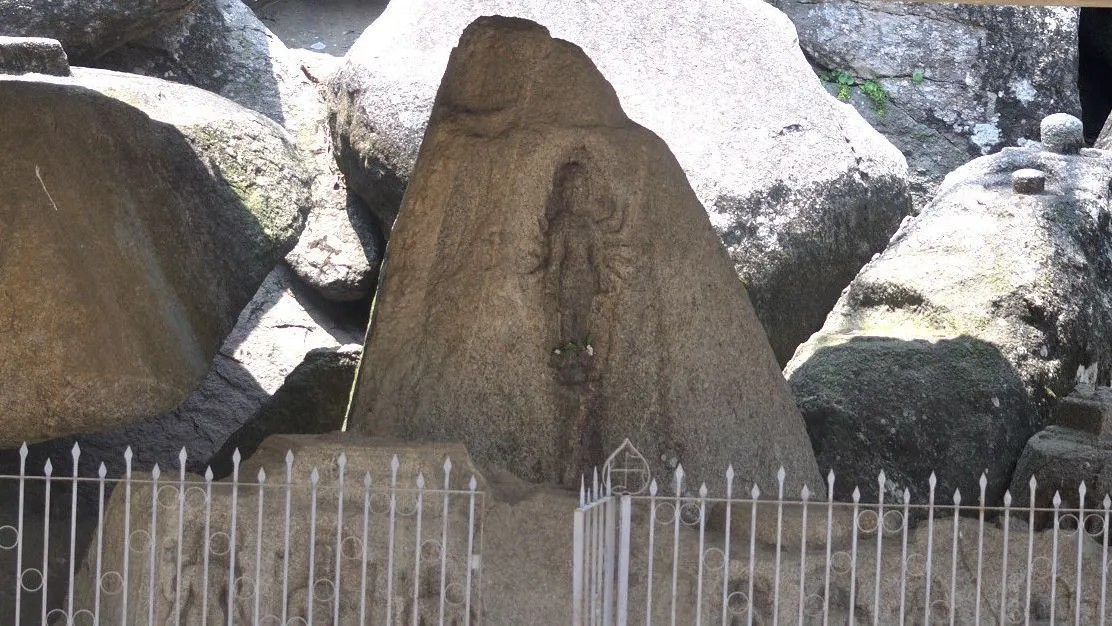
(Source: Twelve-armed Vishnu deity, Prerana Das, www.peepultree.world)
Buddhist Heritage
On the northwestern slope of Surya Pahar Hill, there are 25 votives of Buddhist Stupa in various shapes and sizes, cut out of granite boulders. Both the Indo Bomi and a home enrich the home heritage and largely were followers of Buddhism. There also resides a huge granite boulder at the Eastern hilltop with three giant monolithic Stupas placed in a single row facing towards the rising sun representing Buddha, Dharma, and Sangha. One of the prominent features of Buddhism in the Sri Surya Pahar Temple architecture is the elliptical Stupa exclusively found in northeastern India. there are remains of square Harnikas (a small platform with a railing on top of a Stupa) with small spaces to support Chhatris, however, the crowning elements are missing.

(Courtesy: www.goalpara.assam.gov.in )
Jain Heritage
Sri Surya Pahar architecture is a vital part of Assam’s heritage as it marks the circumference of Jainism in the northeast. In the western side of Sri Surya Pahar architecture, the most common Jaina iconography is the image of Parshawanath and Mahavira. The larger Temples have Rishabhnath-Adinath the 21st Tirthankara and other Tirthankaras. An interesting iconography in Surya Pahar Temple is the icon of Rishabhdeva in a nude position. there is also a water tank used for purification purposes before worshipping. The naked iconography of Jenna imagery can be traced back to the early Jainkalpa tradition of the ninth century AD.
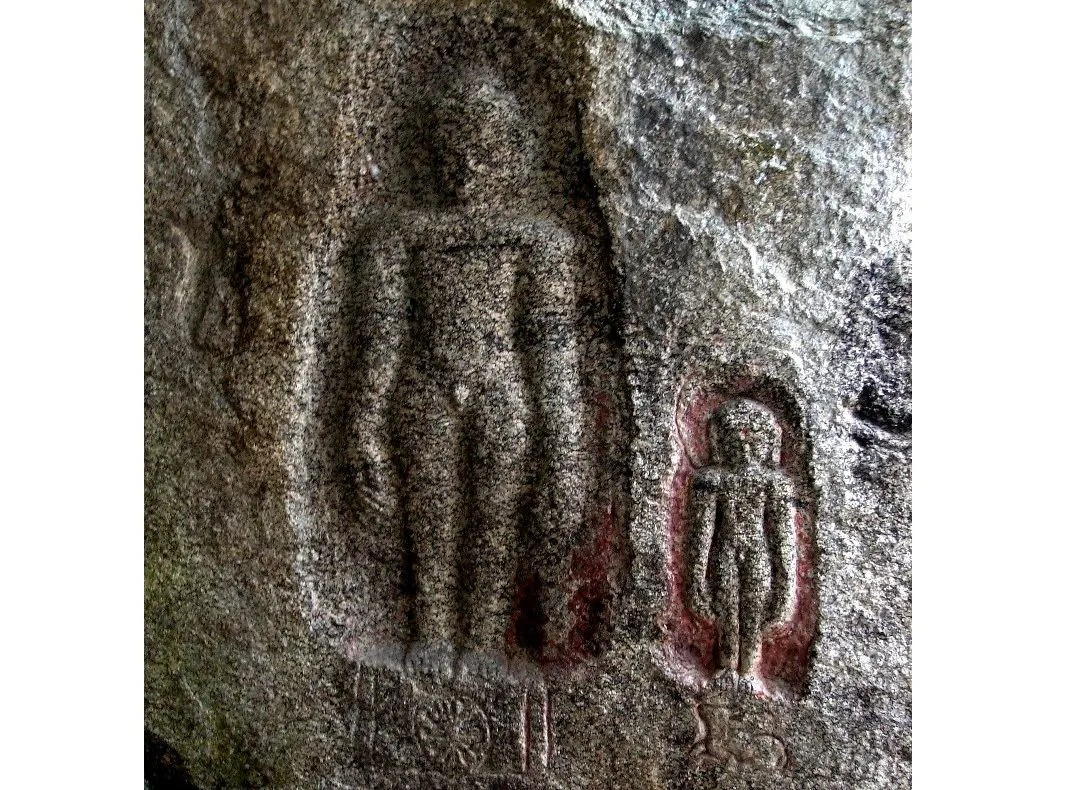
(Source: Jain Iconography, Prerana Das, www.peepultree.world)
Why is there such a harmony?
The confluence of multiple religions in India can be attributed to the proximity of the Brahmaputra River, which was an ideal area for human settlement during pre-Vedic, Vedic, and post-Vedic periods. The early rulers of Assam were primarily of “non-Aryan origin” and were described in the Vedic corpus as Ghataka, Banasura, or Narakasuara. This suggests that “Brahminic culture” mixed with “native culture” when tribes were inducted into the Vedic caste system for a war. Sun worship and associated Rig Vedic deities were carved out in stone.
The presence of Jainism can be explained by the migration of Jainas from Patliputra during the Harsh famine of the early Maurya period. Sunga and Gupta’s rule brought a resurgence to Brahmanism but did not last long. The Kushans who upstaged Sunga were Buddhist. The discovery of Sunga terracotta and Kushan coins from Mahasthana and the surrounding region testify that each religious tradition went through ups and downs. Still, they found reasons to coexist peacefully During the Gupta period, the original Brahmanism had already morphed into present Hinduism. A Chinese traveller named XuanZang/Hsuan-Tsang visited India in 630 AD with two other disciples, interested in visiting the land of Buddha and possibly attending Buddhist schools of learning. He spent 16 years travelling and learning, including the Kamarupa region (then the part of Videha country).
Bhāskara Varman, the aristocratic King of eastern India, strengthened the empire with military power and brought prosperity in education, culture, and religion. He was a very learned king, a Shiva devotee, but patronised Jainism and Buddhism. The natives of Kamarupa worshipped “Gid” and offered sacrifices to gratify their revered God along with various tribal gods. The climate of the region is tropical and wet, with local people being simple, honest, and modest by nature. Hiuen-Tsang stayed in the capital of Bhaskara Varman for a month under the utmost respect and desire from the king, leaving an exceptionally good account of the Kamarupa region. Emperor Shahvardhan, Bhaskara Varman’s contemporary ally and king of Northern India, extended an invitation to Hiuen-Tsang from Kamarupa to Kanauj as per the Harshacharita of Bana.
References
Boruah, Nirode. “SANSKRITIZATION AND DETRIBALIZATION IN EARLY ASSAM: SOME GEOGRAPHICAL ASPECTS.” Proceedings of the Indian History Congress, vol. 69, 2008, pp. 167–79. JSTOR, http://www.jstor.org/stable/44147178. Accessed 23 Apr. 2024.
Das, Prerana. “Surya Pahar: Assam’s Hill of Faith.” PeepulTree, 26 Feb. 2019, www.peepultree.world/livehistoryindia/story/monuments/surya-pahar-assams-hill-of-faith.
Museum, Assam State, and Rabin Dev Choudhury. Catalogue of Stone Sculptures, Assam State Museum. 1998, books.google.ie/books?id=gObVAAAAMAAJ&pg=PR13&dq=sri+surya+pahar+Temple+assam&hl=&cd=4&source=gbs_api.
Sen, Siba Pada. Sources of the History of India: Assam. Sikkim. Tamilnadu. 1980, books.google.ie/books?id=qwW2AAAAIAAJ&q=sri+surya+pahar+Temple+assam&dq=sri+surya+pahar+Temple+assam&hl=&cd=9&source=gbs_api.
Sentinel Digital Desk, and Sentinel Digital Desk. “Sri Surya Pahar: Must Visit Archeological Site in Assam.” Sentinel Assam, 29 Dec. 2021, www.sentinelassam.com/amp/story/more-news/life/sri-surya-pahar-must-visit-archeological-site-in-assam-570427.
Shah, Bipin. “The Confluence of Indian Religions at Shrines at Surya Pahar-Kamarupa Kingdom of Ancient India-Assam.” www.academia.edu, Jan. 2016, pp. 01–27.
Singha, Nilkamal, and Oinam Ranjit Singh. EARLY ASSAM SHAPING OF THE CULTURAL LANDSCAPE. Clever Fox Publishing, 2022, books.google.ie/books?id=4-1qEAAAQBAJ&pg=PA59&dq=Sri+Suryapahar&hl=&cd=1&source=gbs_api.
Sri Surya Pahar | Goalpara District | Government of Assam, India. goalpara.assam.gov.in/tourist-place-detail/272.
GRAMMARLY SCORE: 85
PLAGIARISM: 0%
- April 25, 2024
- 6 Min Read


